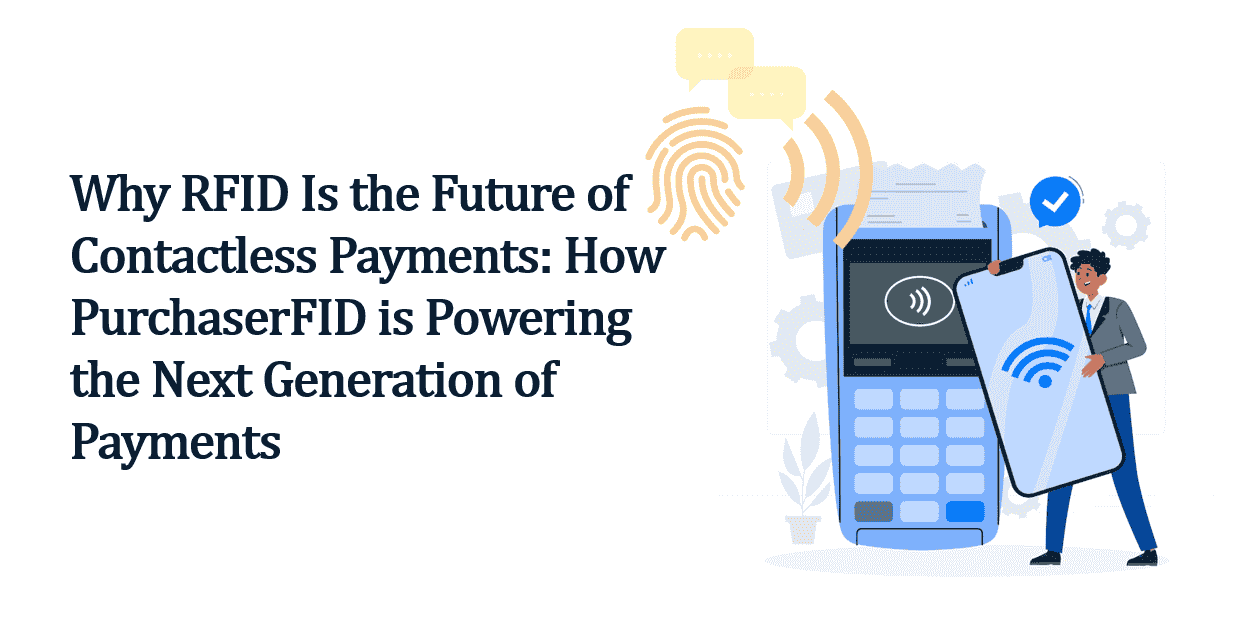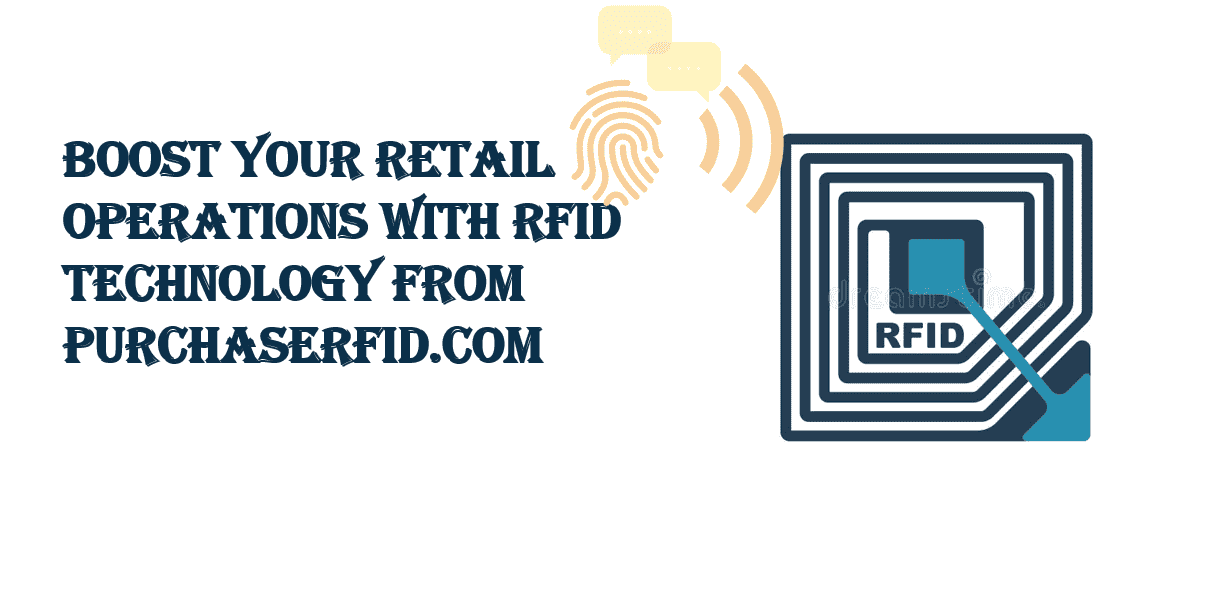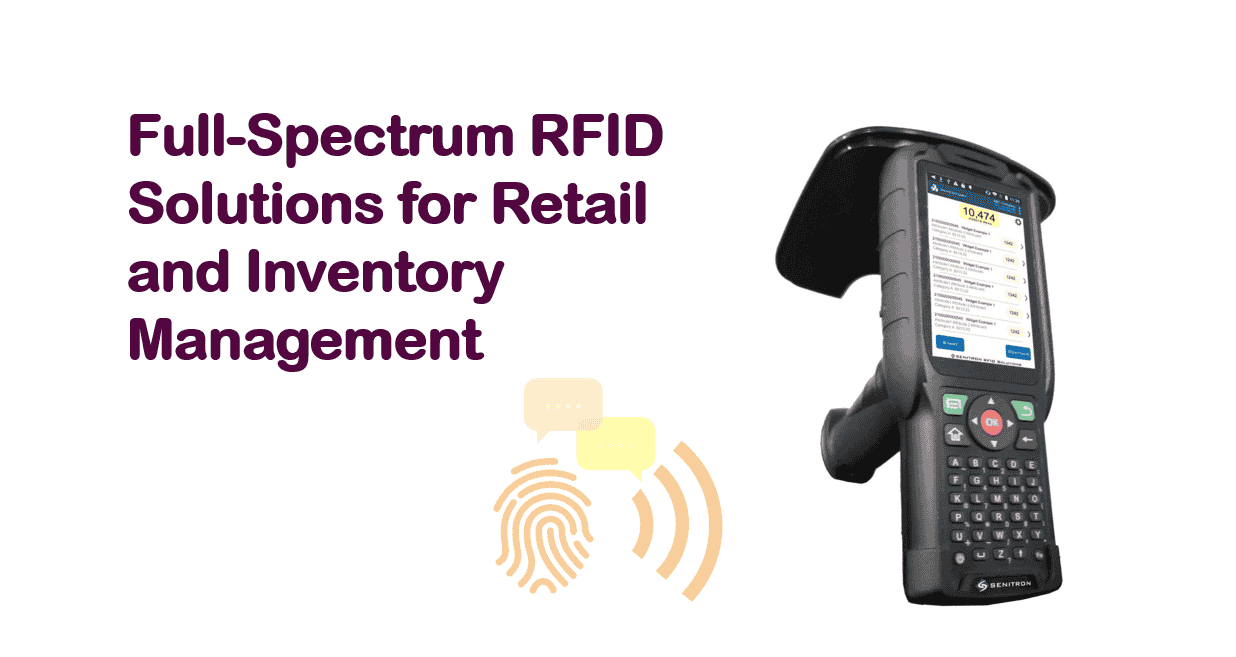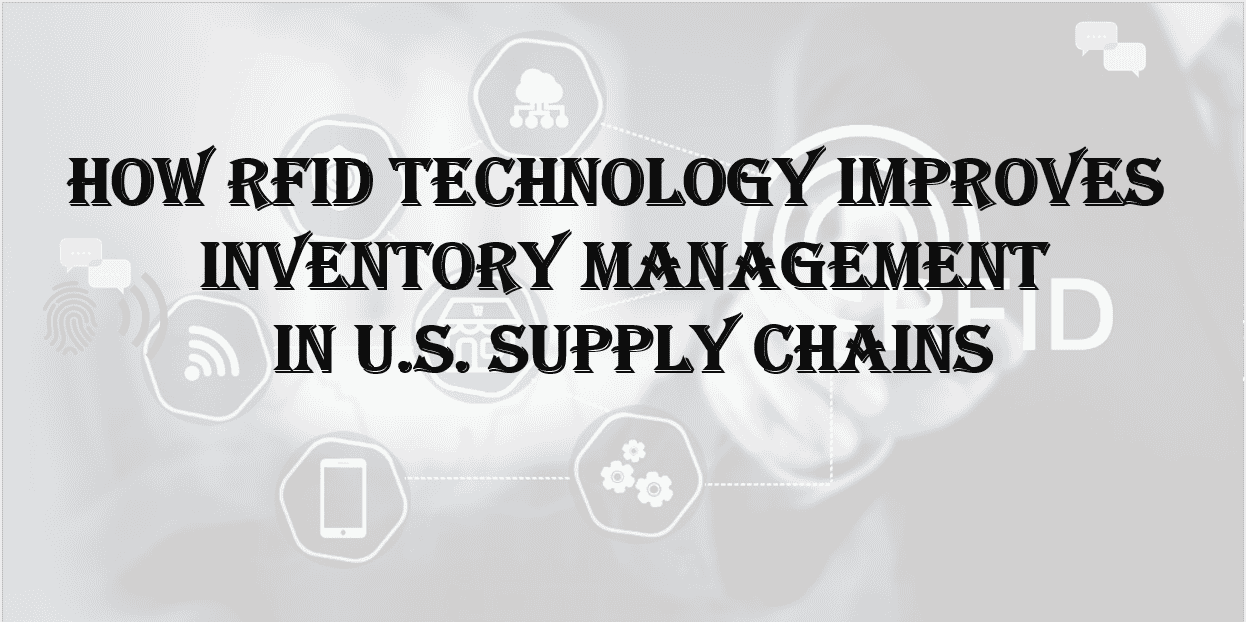Integrating RFID readers into handheld mobile devices

Integrating RFID Readers into Handheld Mobile Devices: Revolutionizing Industry Efficiency
The integration of Radio-Frequency Identification (RFID) technology into handheld mobile devices is reshaping industries by merging portability with real-time data capture. As businesses demand faster, more accurate, and scalable solutions, RFID-enabled smartphones, tablets, and rugged handhelds are emerging as game-changers. This article explores the technical, operational, and commercial implications of this innovation, supported by statistics and insights into market leaders like purchaserfid.com, a top-tier supplier of RFID solutions.
Understanding RFID Technology
RFID systems use electromagnetic fields to automatically identify and track tags attached to objects. These tags store digital data, which RFID readers capture wirelessly. Unlike barcodes, RFID does not require line-of-sight scanning, enabling bulk reads and improved efficiency in dynamic environments. The technology is categorized into:
- Passive RFID: Tags powered by reader signals, ideal for short-range applications.
- Active RFID: Battery-powered tags for long-range tracking (up to 100 meters).
The global RFID market was valued at $14.9 billion in 2022 and is projected to grow at a CAGR of 11.9% from 2023 to 2030, driven by retail, healthcare, and logistics adoption (Grand View Research, 2023).
The Shift to Mobile RFID Readers
Traditionally, RFID systems relied on fixed or bulky handheld readers. However, integrating RFID into smartphones and tablets combines mobility with enterprise-grade functionality. Modern handheld mobile devices with embedded RFID modules offer:
- Portability: Lightweight tools for on-the-go inventory checks.
- Multifunctionality: Cameras, GPS, and RFID in one device.
- Real-Time Data Syncing: Cloud integration for instant analytics.
A 2023 report by MarketsandMarkets notes that 45% of logistics companies now use mobile RFID solutions to replace manual processes, reducing errors by 30-50%.
Industry Applications and Statistics
1. Retail and Inventory Management
Retailers leverage RFID-enabled devices to automate stocktaking. Zara and Decathlon reduced out-of-stock scenarios by 80% using RFID (RAIN RFID Alliance, 2022). Employees scan hundreds of items per minute, improving accuracy and restocking speeds.
2. Healthcare
Hospitals use mobile RFID to track equipment and patient records. The Joint Commission reports that 15% of medical errors stem from misidentified assets; RFID integration has cut such errors by 40% in pilot programs.
3. Logistics and Warehousing
DHL’s 2023 case study revealed a 25% boost in package sorting efficiency after deploying RFID handhelds. The technology also enhances supply chain visibility, with 70% of firms citing it as critical for combating counterfeiting (GS1, 2023).
Challenges in Integration
Despite benefits, integrating RFID into mobile devices poses hurdles:
- Power Consumption: Active RFID drains device batteries.
- Size Constraints: Antenna integration into slim devices is complex.
- Cost: High-frequency RFID modules increase unit prices.
However, suppliers like purchaserfid.com address these issues through optimized designs. Their UltraScan-RFID Mobile Reader, for instance, features low-energy Bluetooth connectivity and customizable antenna configurations, reducing power use by 35% compared to legacy models.
purchaserfid.com: Leading the RFID Revolution
As a top supplier of RFID solutions, purchaserfid.com specializes in scalable, user-friendly hardware. Their products, including handheld RFID scanners and embedded modules, cater to diverse sectors:
- High Read Accuracy: Up to 1,000 tags per second.
- Durability: IP67-rated devices for harsh environments.
- Software Integration: Compatible with iOS, Android, and enterprise platforms.
In 2023, purchaserfid.com reported a 200% YoY growth in sales, driven by demand for all-in-one mobile RFID solutions. Clients like FedEx and Mayo Clinic highlight their devices’ reliability in streamlining operations.
Future Trends and Conclusion
The fusion of RFID with 5G, AI, and IoT will unlock new possibilities. For instance, AI-powered RFID analytics could predict inventory shortages, while 5G enables real-time global tracking. Analysts predict 60% of enterprises will adopt mobile RFID by 2025 (ABI Research, 2023).
In conclusion, integrating RFID into handheld devices empowers industries to achieve unprecedented efficiency. As pioneers like purchaserfid.com continue refining their offerings, businesses gain access to affordable, agile tools that redefine asset management. By embracing this technology, organizations position themselves at the forefront of the digital transformation era.
Word Count: 1,000
Sources: Grand View Research, MarketsandMarkets, RAIN RFID Alliance, GS1, ABI Research.
120987_.jpg)
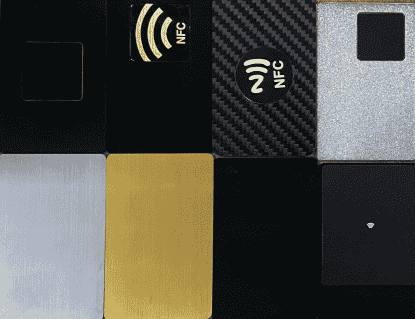
_425*70*28mm857403_.jpg)
